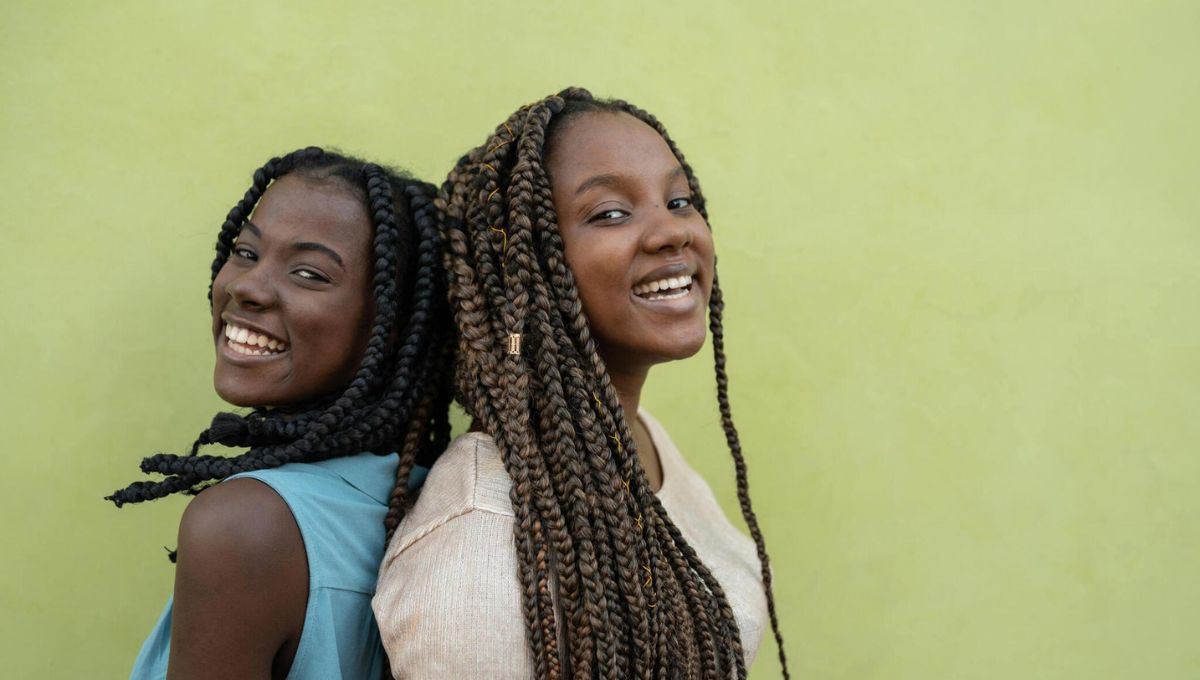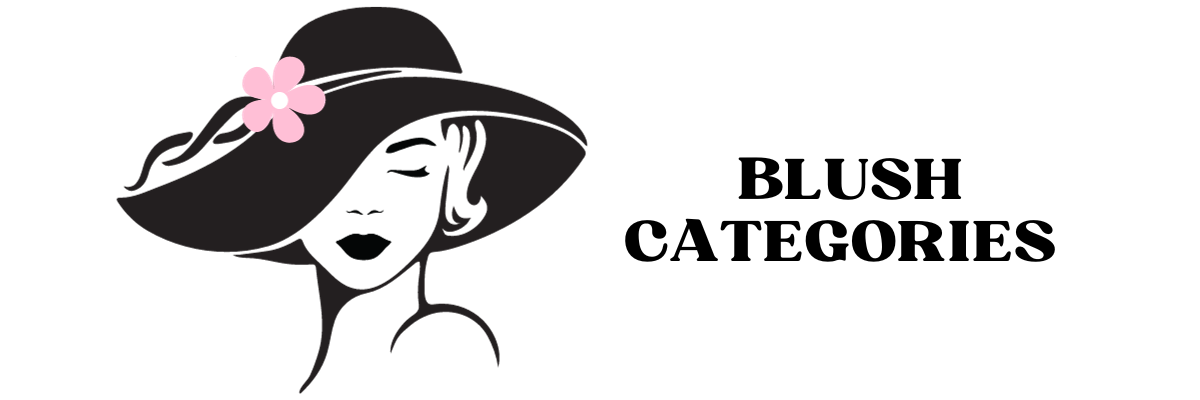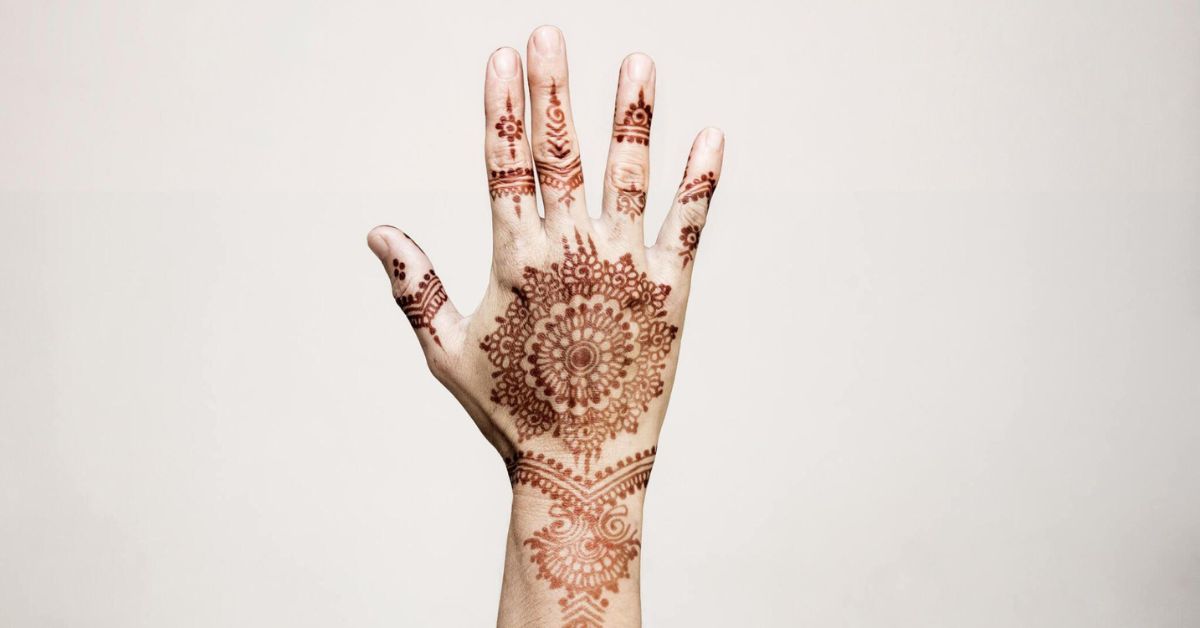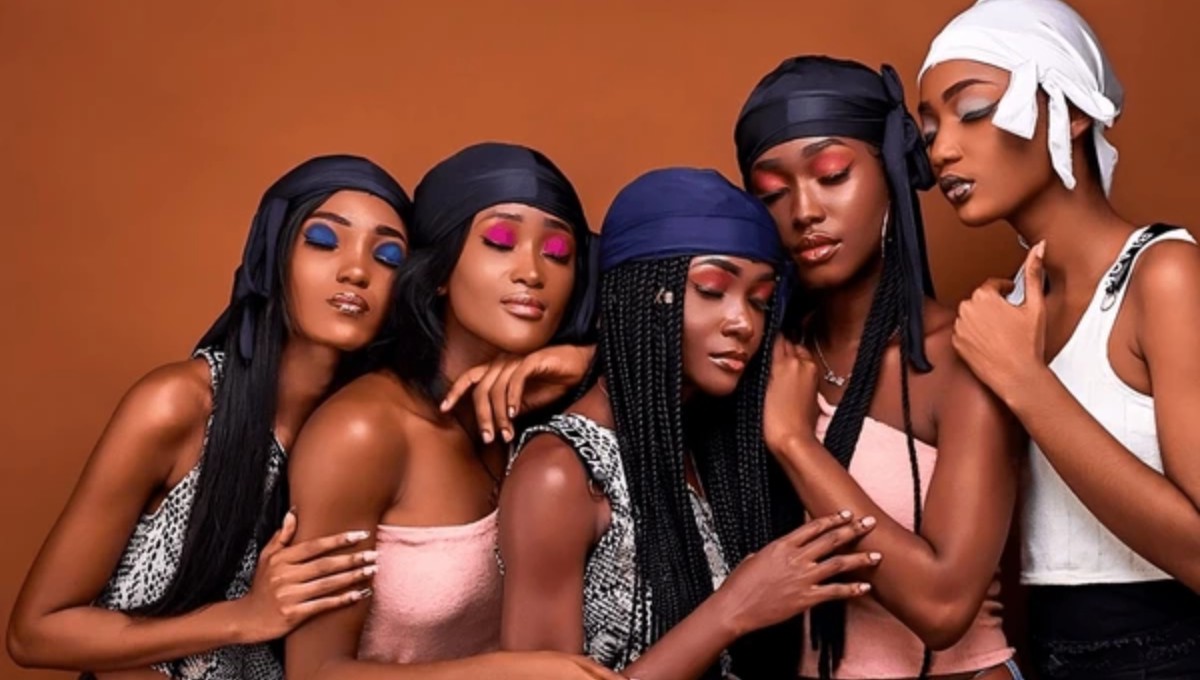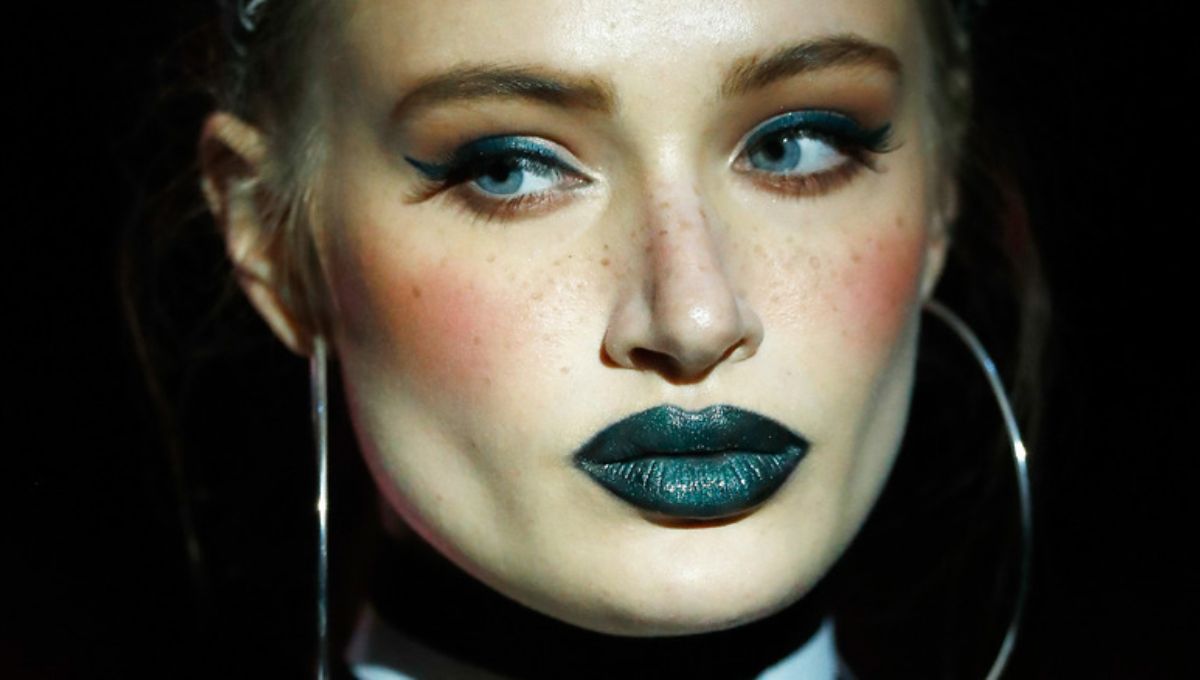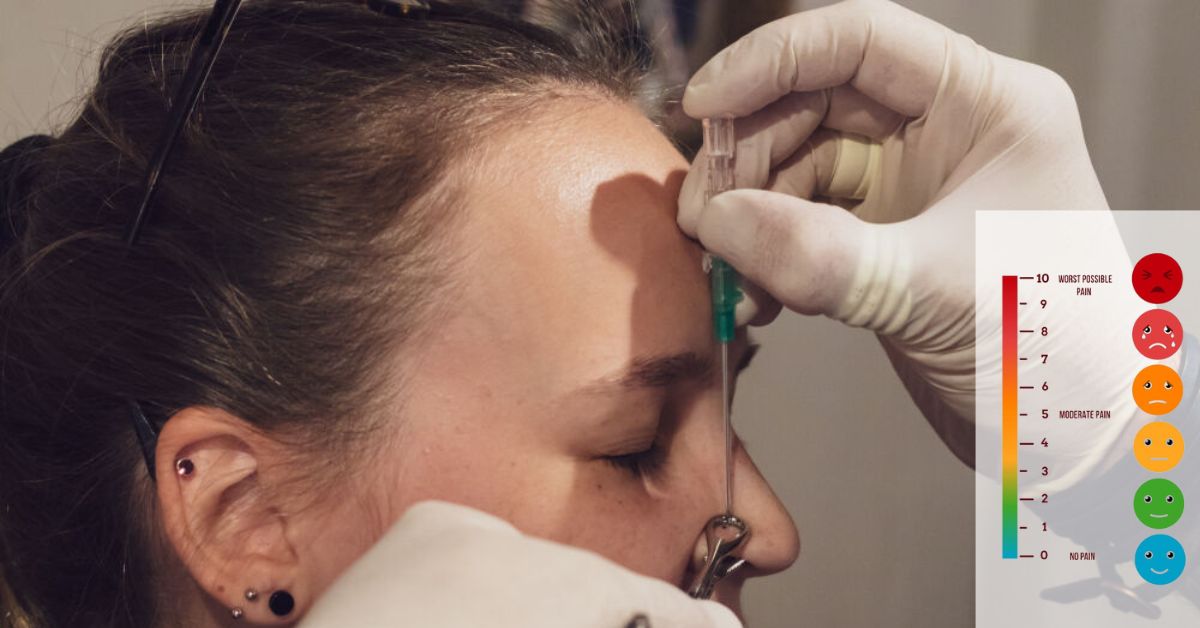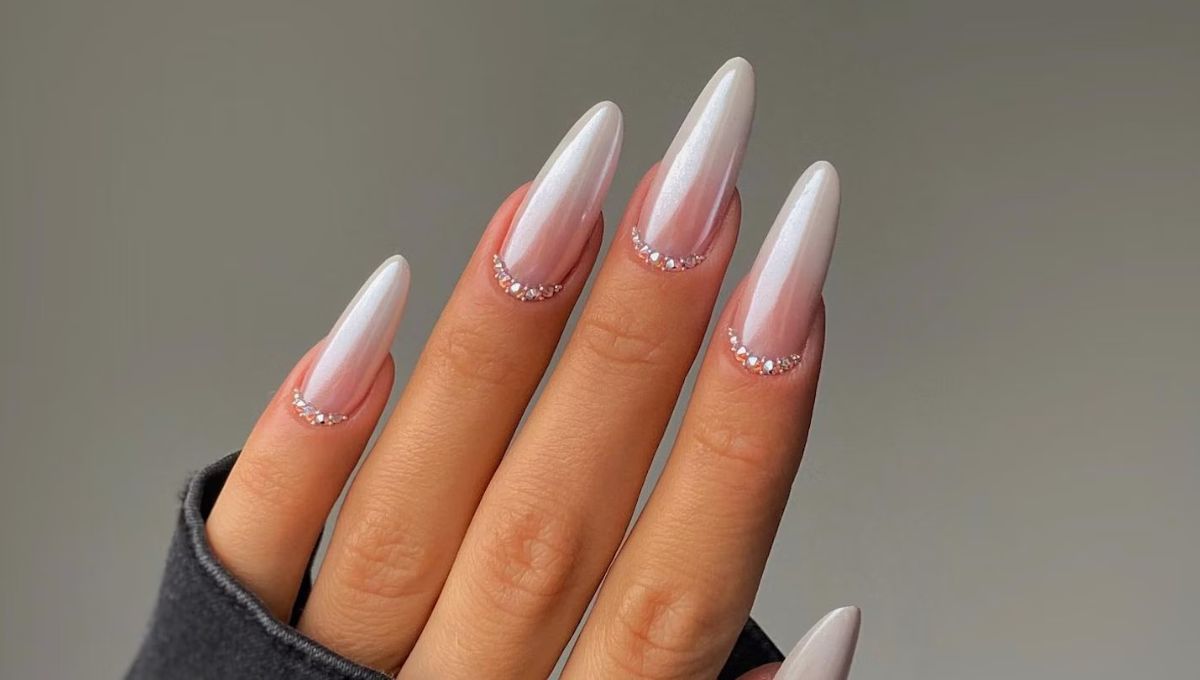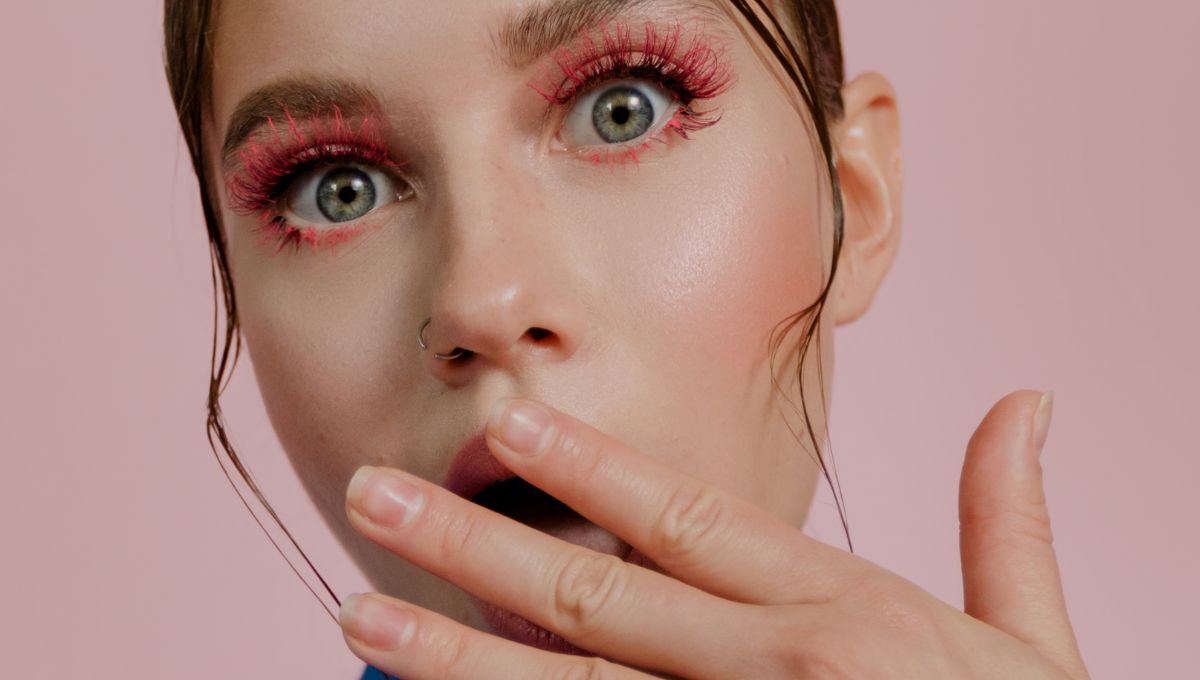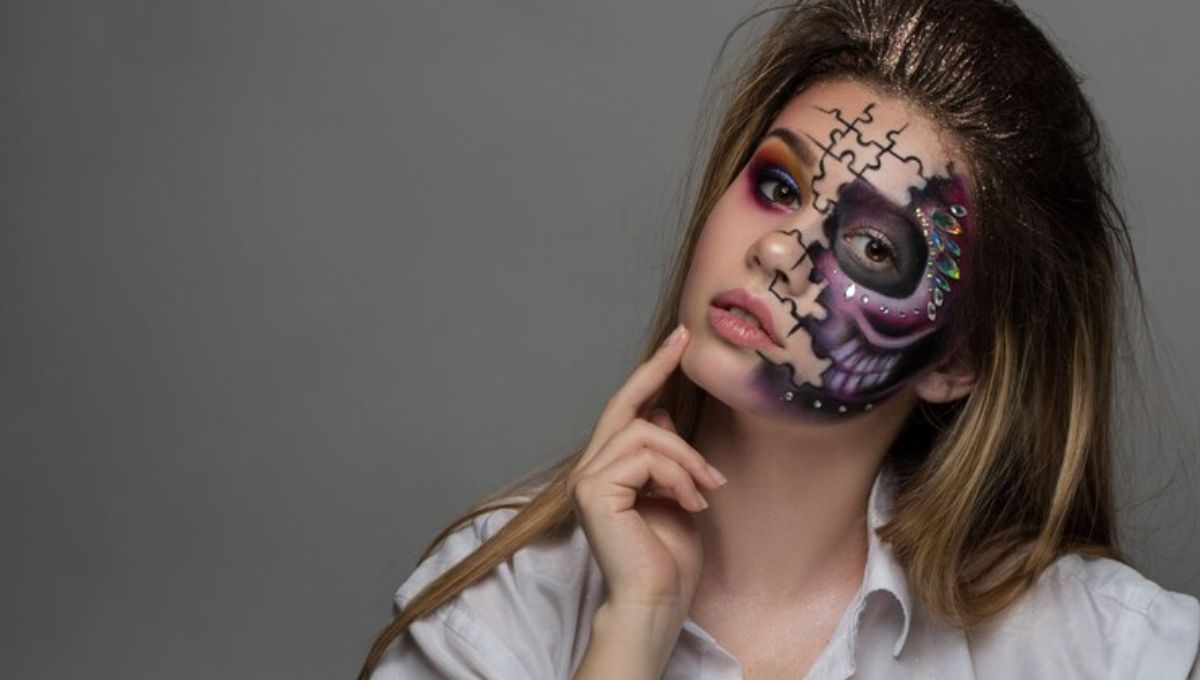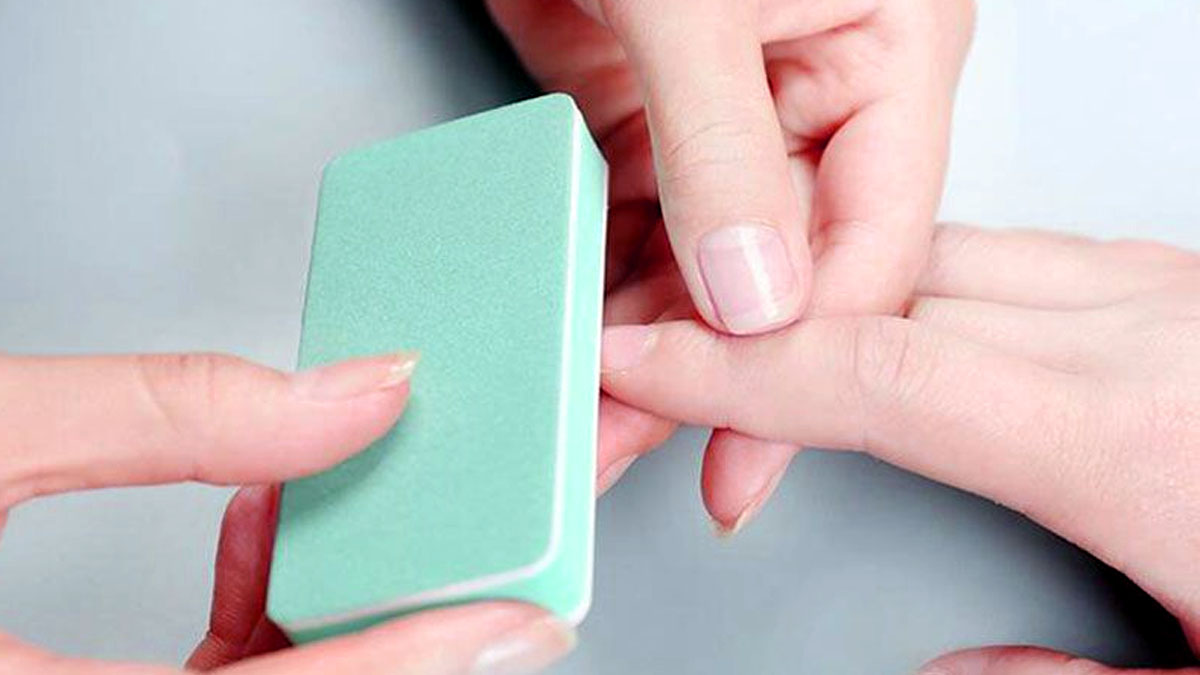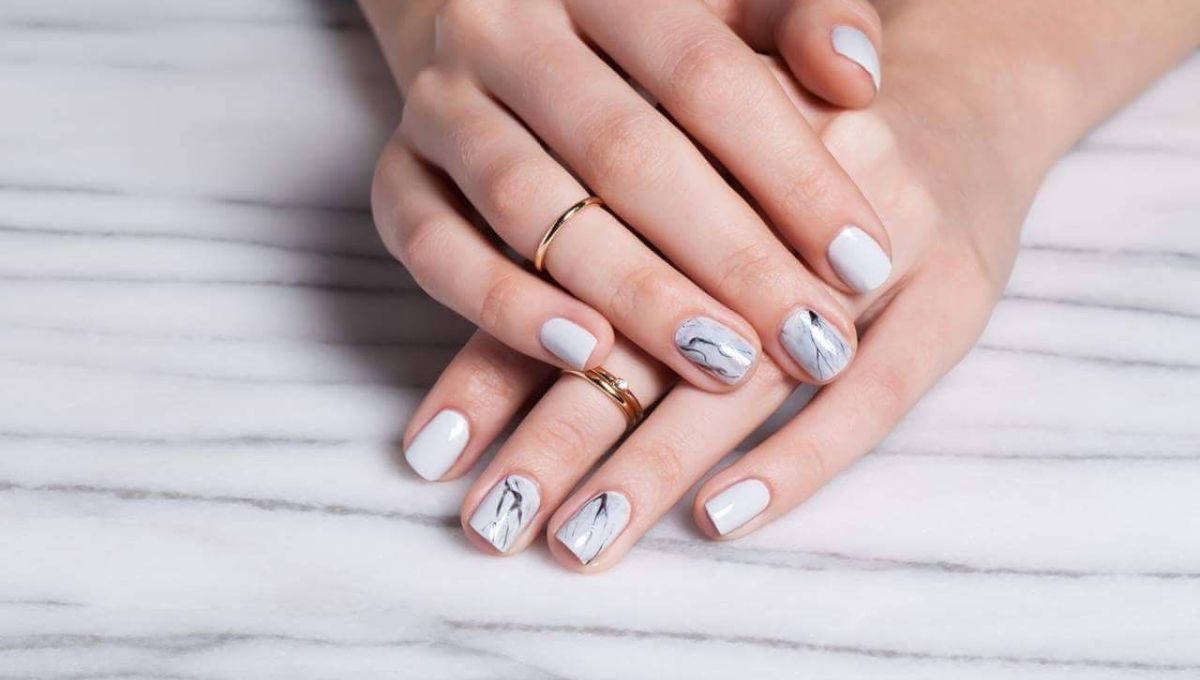Different types of locs have long been favored among Africans, as they allow them to keep their natural haircut while also creating the look they desire.
Worldwide, the most prevalent hairstyles are straight, curly, or wavy; however, locs have attracted global interest due to their unique qualities and care requirements. Locs come in all different types, each offering different characteristics that set them apart from their competition. This makes it hard for some people to choose the different types of locs styles that best complement their personalities among all the available choices.
According to popular belief, locs first made their debut sometime around 500 B.C. in ancient Egypt. Notable early Christians of the Middle East, dervishes of Islam, Minoan Civilization from ancient Greece, and particularly Mau Mau rebels in Kenya all donned them at some point during history.
Different Types Of Locs
People have many ways of expressing themselves through hairstyling, with locs (an abbreviation for dread locs) quickly gaining in popularity due to their adaptability and cultural significance. We will take you on an adventure into this fascinating world, providing 6 variations of this hairstyle you should familiarize yourself with.
Traditional Locs
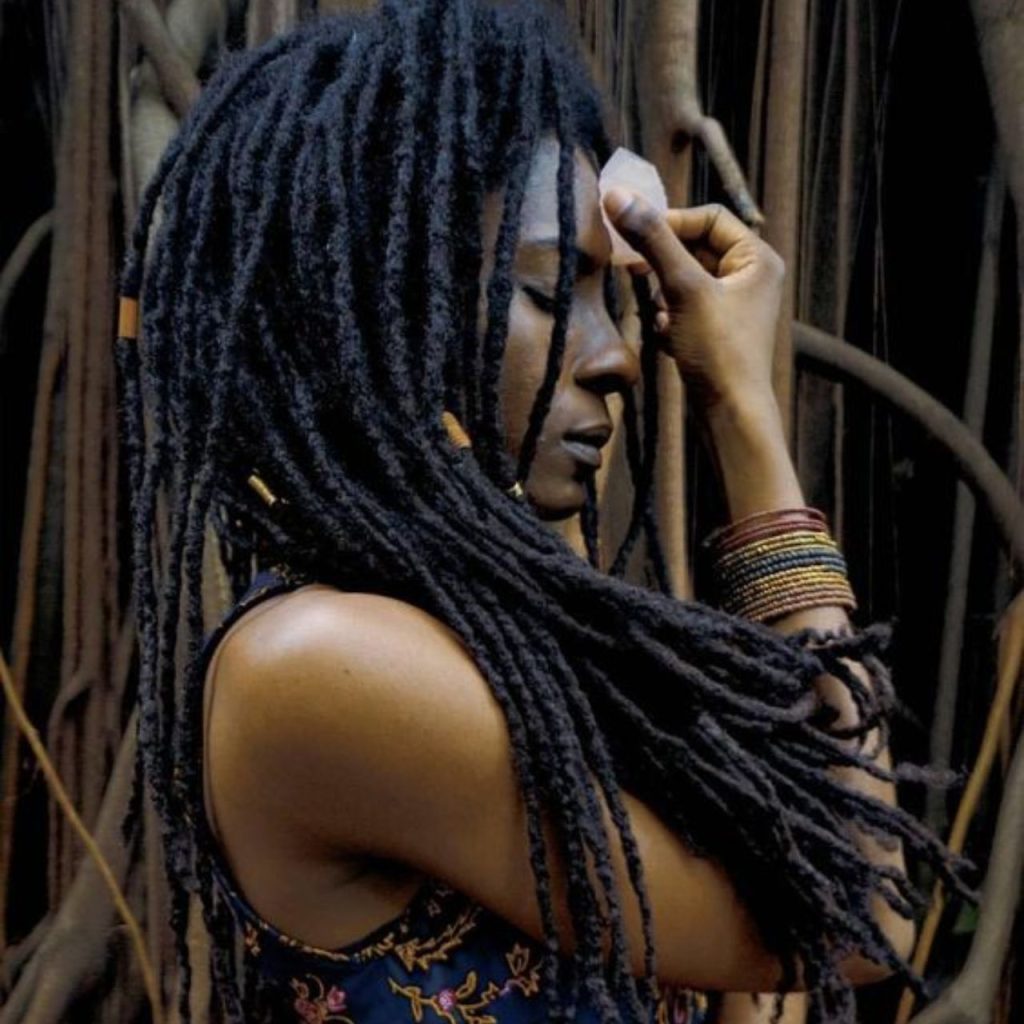
The traditional loc represents an enduring quest for individuality and self-discovery. Drawing upon its longstanding cultural roots, this timeless hairdo symbolizes individualism. A deep bond to roots can be seen through how naturally evolved hair changes when creating these traditional different types of locs—an evolution process that takes both patience and transformation to be fully appreciated.
Traditional locs are more than a haircut; they serve as symbols of cultural knowledge and personal growth that work hand-in-hand. Dedication to appreciating the inherent beauty of one’s hair is highlighted through the minimal manipulation involved in its creation, leading to greater authenticity and acceptance. Resonating with their rich history entwined throughout every strand, traditional different types of locs stand as a living testimony of the perseverance, tolerance, and cultural pride of their wearers as visual representations that connect past with present while honoring variety and the strength inherent to being authentically oneself.
Sisterlocs
In different types of locs, sisterlocs have long been popular hairstyle, but sisterlocs offer a modern take on this timeless hair-locking technique. Dr. JoAnne Cornwell created Sisterlocs to advance this art form to new levels of sophistication. Due to their homogenous and diminutive size, sisterlocs require precise and expert locking methods to produce an impressive display of skill and attention to detail in a cascade of small but different types of locs.
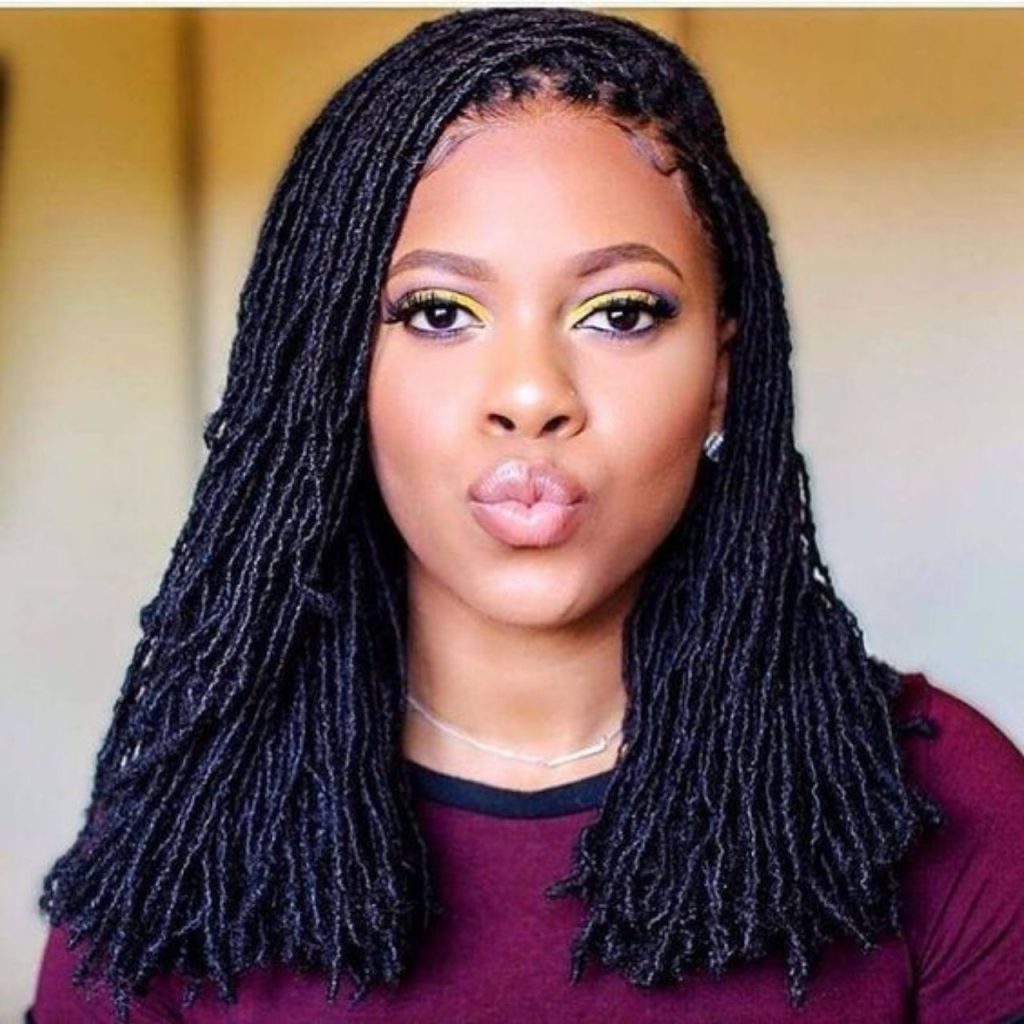
Sisterlocs are notable for their inherent adaptability. With their small size and uniform texture, wearers of Sisterlocs can play around with different forms and patterns in their attire without disrupting cultural significance or professional appearances. Sisterlocs’ versatility makes them ideal for anyone who desires both cultural relevance and controlled professional attire.
Sisterlocs have come to symbolize a distinct expression within the loc heritage as a whole, providing people with a new way to express themselves through fashion. While staying true to traditional methods of natural hair care, they bring modernity into an age-old practice and offer people an avenue for self-expression through style.
Freeform Locs
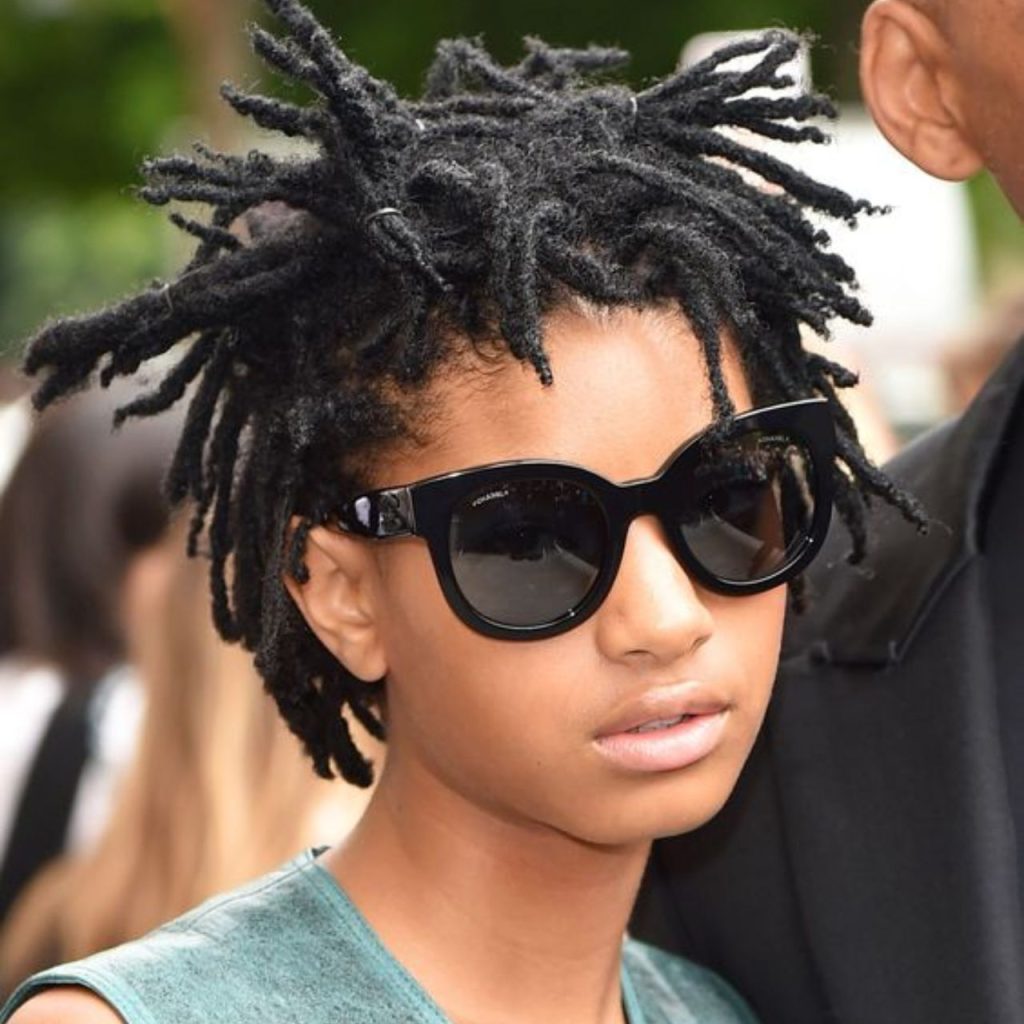
Contrasting Sisterlocs’ meticulous nature, different types of locs, like freeform, embrace natural disorder and uniqueness. The natural locking process of hair goes by various names: organic locs or natural hairstyles. When your locs grow in freeform locs, strands are free to naturally weave into any pattern you can think of. Breaking from rigid approaches, this carefree approach to locs creates an individual style suited for each wearer’s story.
Freeform locs are a striking reminder of the beauty that lies in accepting natural hair’s inherent unpredictability, often creating bold and unique styles that represent individuals’ dedication to expressing themselves and using their hair to tell their tales.
Freeform locs convey a message about finding true beauty through being true to oneself without restrictions and filters, challenging traditional notions of what beauty means, telling a narrative of coming into one’s own, overcoming challenges, and accepting one’s authentic self, all of which can be visually expressed through freeform and different types of locs.
Interlocking Locs
Different types of locs that interlock, known as latching or root flipping, represent an alternative style of maintenance that developed separately from traditional and freeform locs. Utilizing a special instrument, the roots of interlocked locs are interlaced in an elaborate fashion using this process, resulting in an attractive, stylish appearance in stark contrast to freeform locs’ unpredictability and reduced frizziness.
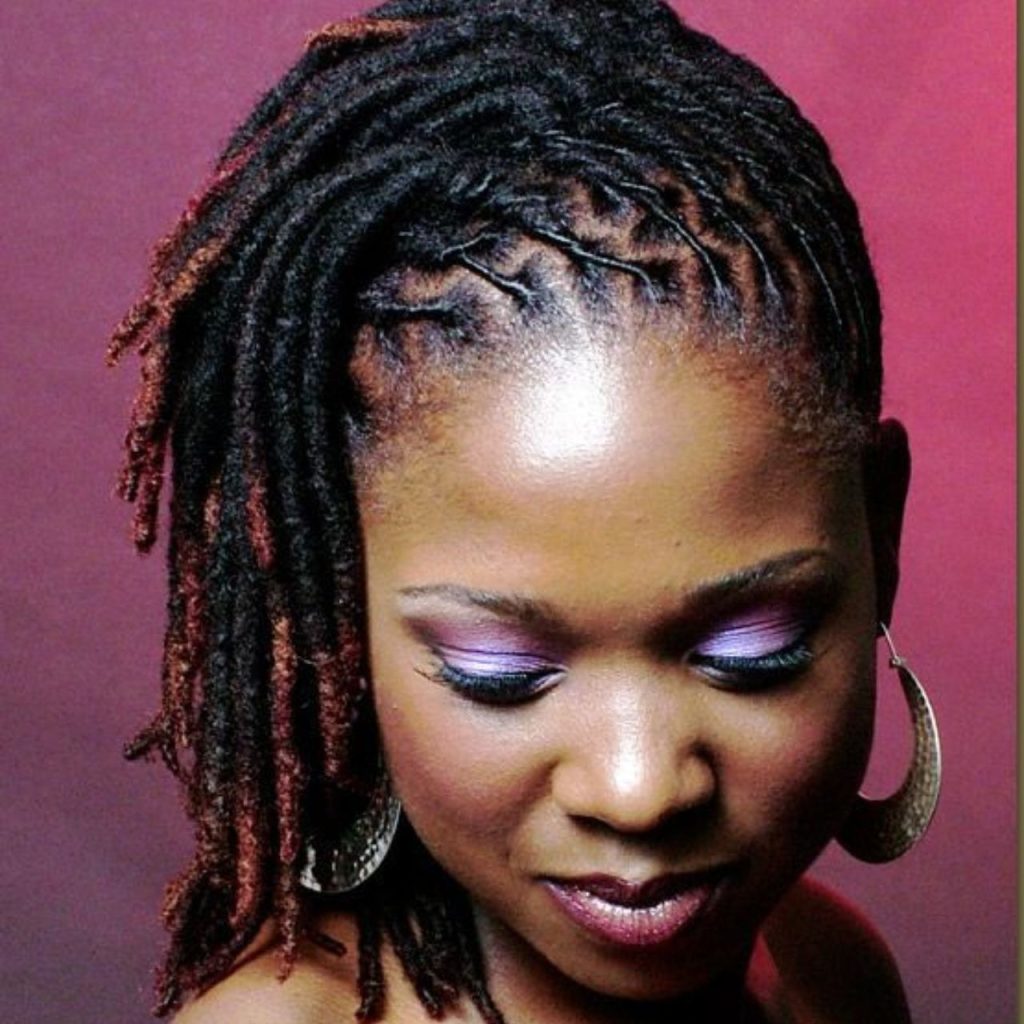
In different types of locs, interlocking locs are ideal for those who favor more deliberate and refined locs as their locs grow out, creating a uniform appearance without needing constant maintenance.
Wearers can enjoy low-maintenance styling without compromising the integrity and structure of their locs; additionally, this process produces stunning visual results. Each person’s preference when it comes to hair styling varies accordingly; interlocking locs simply represent one way of styling loc hairstyles among many available approaches.
Braided Locs
Braided locs are an eye-catching combination of traditional locs and intricate braiding techniques, creating an exquisite hairdo that stands out from the pack. Offering both charm and skillfulness in equal measure, this innovative style incorporates smaller braids inside each loc for an eye-catching combination that is both sophisticated and original.
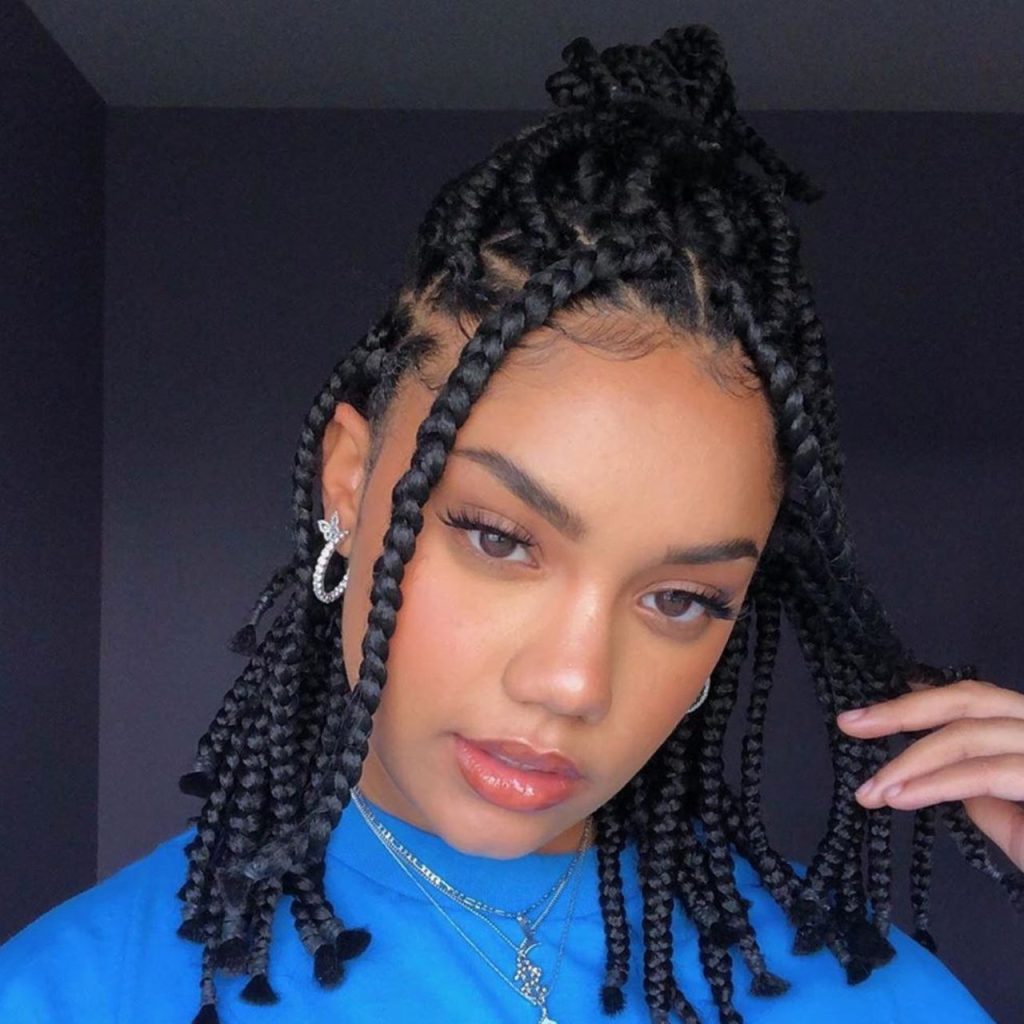
In different types of locs, braided locs are distinctive among their many hairstyle options for their extensive customizability options, enabling wearers to create unique styles by playing around with different braid patterns, lengths, and thicknesses. This flexibility emphasizes individualism as well as adaptability when mixing hairstyle traditions.
Braided locs are an amazing display of natural hair care’s endless creativity, thanks to their intricate craftsmanship and artistic flourishes. This modern take on traditional locs gives people the ability to express themselves with an expressive style that has cultural significance and lets them express themselves freely.
Instant Locs
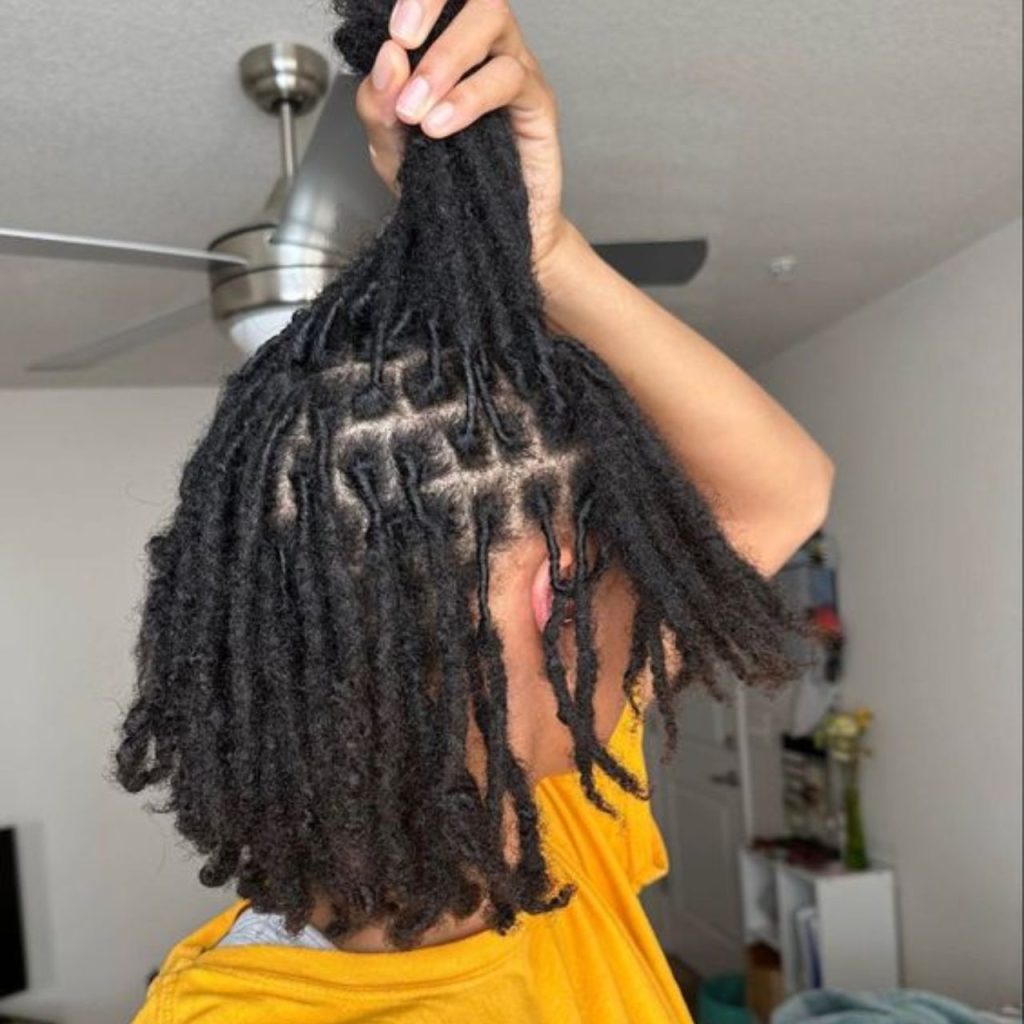
Instant locs (also referred to as starter locs or faux locs) are a technique designed to quickly create mature dreadlocks by braiding, twisting, or other techniques in a shorter amount of time than natural locking methods. While conventional locs develop over time due to natural matting and tangling processes, instant locs typically come together quickly by employing specific methods like braiding or twisting that mimic their look.
The process of instant locs typically begins by first sectioning hair into individual segments, followed by applying any one of a variety of methods, braiding or twisting are popular examples—before choosing one of their preferred techniques, such as braiding or twisting natural hair. Hair Extensions may be added if their natural locks are shorter than what their extensions cover-up; once instant locs have been developed, they need to be maintained regularly until they mature into more natural appearances over time.
Instant locs are an ideal option for individuals seeking the look of fully developed dreadlocks without waiting for the lengthy amount of time required for natural locs to fully develop. Though using instant locs may provide a faster route to achieving their desired hairdo, proper maintenance and care must still be administered for long-term success.
Wrapping Up
Diversity is at the core of different types of locs’ appeal and appeals to each individual in different ways, providing endless possibilities to suit individual interests and lifestyles. From conventional to Sisterlocks and freeform locs to interlocking locs and braided locs, and the endless options they afford us, each type of loc holds its own special beauty and cultural meaning.
Celebrating and respecting the cultural diversity that this hairstyle represents is vitally important as its popularity continues to increase. Locs have the power to tell stories and express different identities within those who choose them, from straightforward traditional locs to elaborate braided locs.

